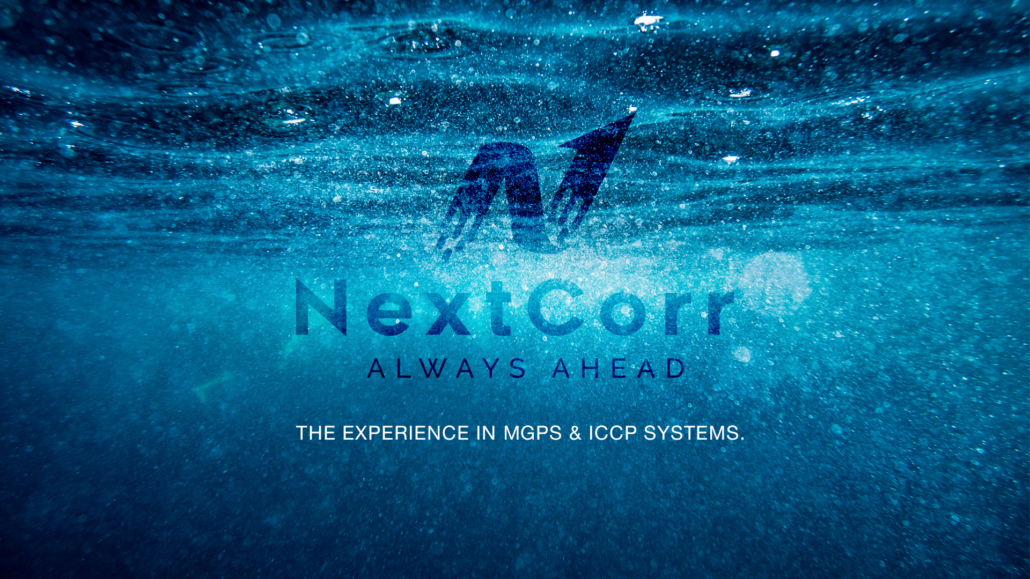Hull fouling, also known as biofouling, refers to the accumulation of marine organisms, such as algae, barnacles, and mussels, on the hull of ships, boats, and other structures that are in contact with seawater. This can happen to all types of ships, from cargo ships and tankers to naval vessels and pleasure boats.
Hull fouling is a natural process that occurs when marine organisms attach themselves to a ship’s hull and begin to grow. These organisms can cause a number of problems, such as increasing drag, reducing the ship’s speed and efficiency, and increasing fuel consumption. Hull fouling can also create a navigational hazard by altering the ship’s stability and trim, and can also affect the performance of equipment such as propellers and rudder.
In addition, hull fouling can also have an impact on the marine environment, as some species of marine organisms can be invasive, and can also transfer invasive species from one location to another.
It’s important to keep an eye on the ship’s hull and implement preventative measures to control and remove biofouling, in order to preserve the ship’s performance and fuel efficiency, and to also help preserve marine biodiversity and habitats.
There are several ways to prevent hull fouling:
Antifouling paint: Applying specialized antifouling paint to the hull of a ship or boat can prevent the attachment and growth of marine organisms. These paints typically contain biocides that release slowly over time to prevent the growth of organisms.
Ultrasound: Ultrasound devices can emit sound waves that discourage the attachment and growth of marine organisms on the hull.
Sacrificial anodes: Sacrificial anodes, also known as cathodic protection anodes, are a key component of marine growth prevention systems. They are designed to corrode preferentially to the metal they are protecting, such as the boat’s hull or other underwater metal structures, such as propellers and trim tabs.
Electrochlorination: Electrochlorination uses electrical current to produce chlorine on the surface of the ship’s hull, which prevents the attachment and growth of marine organisms.
Physical barriers: Physical barriers, such as copper screens or meshes, can be placed on the hull to physically prevent the attachment of marine organisms.
Biocides: Biocides can be applied to the surface of the hull to prevent the growth of marine organisms.
Advanced coatings: new technologies and products are emerging, such as those that use plasma, hydrodynamics, or even nanotechnology to generate specific conditions that make it difficult for marine organisms to attach and grow.
It is important to consult with an expert in marine growth prevention to determine the best approach and solution for your specific needs and environment. Factors such as the location, size and type of vessel, as well as the budget, need to be taken into account when selecting the appropriate method for preventing hull fouling. Additionally, the choice of solutions also may be affected by regulatory aspects, such as environmental regulations and restrictions on biocide use. Nextcorr, expert in marine growth prevention will be able to provide expert advice and guidance on the most effective and efficient approach for preventing hull fouling on your vessel.
NextCorr: Your partner against corrosion and marine fouling
NextCorr can help you stop ship hull failure by providing advanced solutions for cathodic protection and marine growth prevention.
Advanced Technology: NextCorr offers state-of-the-art technology for cathodic protection systems, such as the Intelligent Cathodic Anti-Fouling (ICAF) systems, which are specially designed to self-monitor and adjust their performance, providing optimal protection at all times. These systems can effectively prevent marine growth and corrosion on ship’s hulls, thereby extending their life.
Complete solution: NextCorr offers a complete solution for cathodic protection and marine growth prevention, including design, manufacture, supply, technical support, and service. This means that you can rely on them for all aspects of the project, from initial consultation to final installation and maintenance.
Customization: NextCorr can work with you to provide customized solutions to meet your specific needs, taking into consideration the size, type and location of your ship, and your budget.
Reliability: NextCorr is committed to providing reliable and long-lasting solutions, they use high-quality materials and follow strict quality control procedures, ensuring that the systems they provide will protect your ships and reduce maintenance costs over time.
Expertise: NextCorr has a team of experienced professionals who have extensive knowledge and expertise in cathodic protection and marine growth prevention. They can provide expert advice and recommendations for the best solution for your specific needs and environment.
By working with NextCorr, you can expect to protect your ship’s hull from corrosion and marine growth, extend the life of your ships, and save money in the long run by reducing the cost of maintenance.


